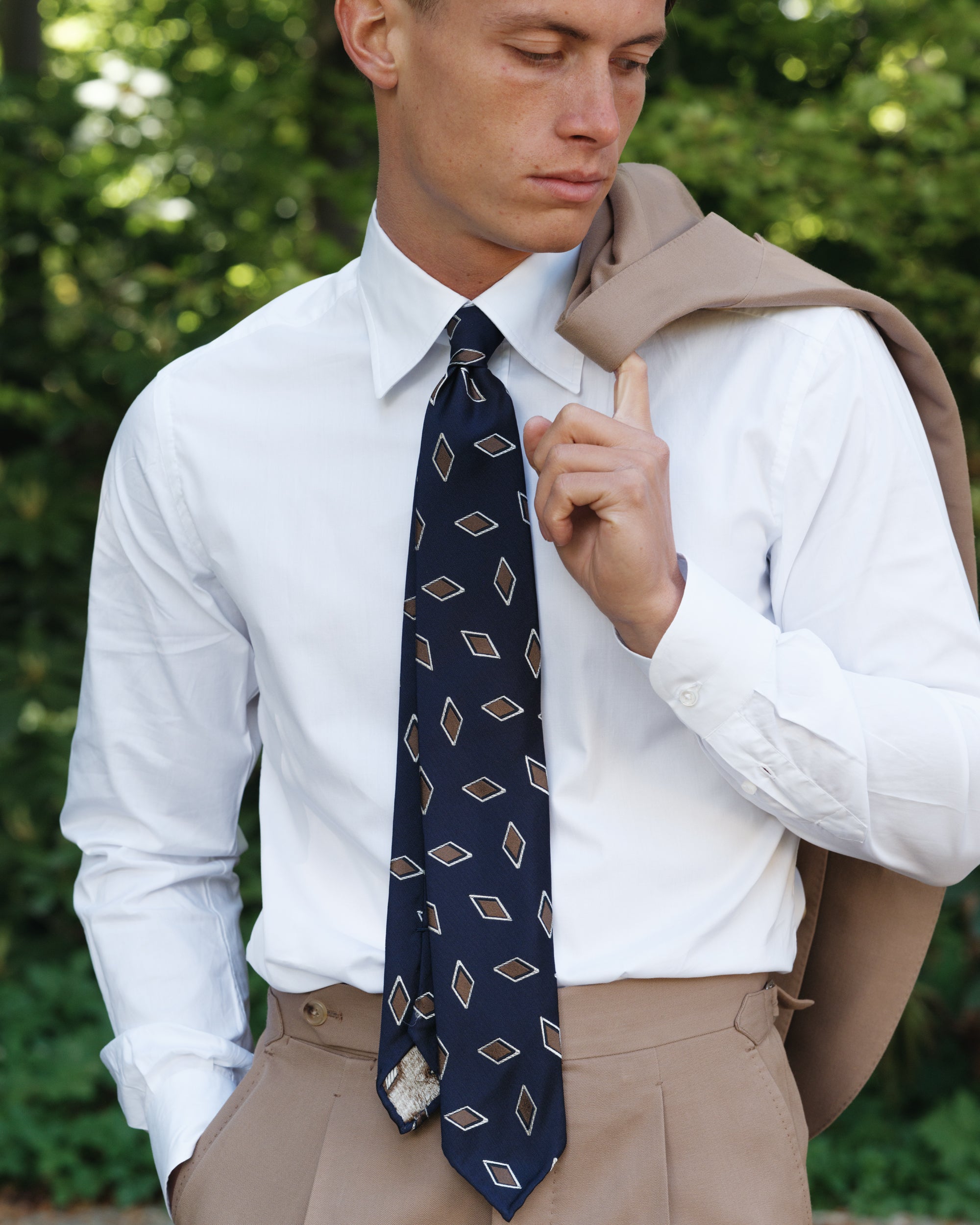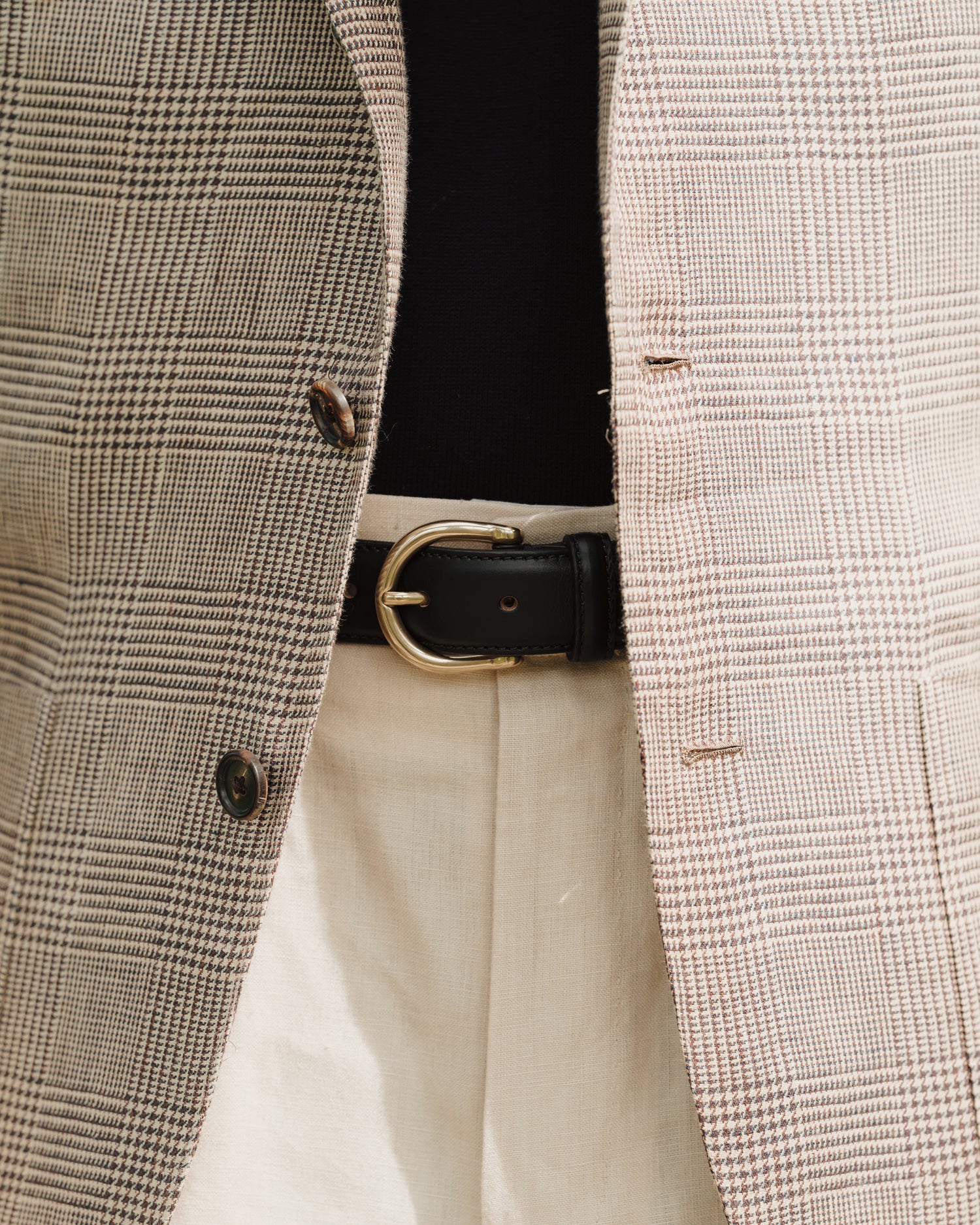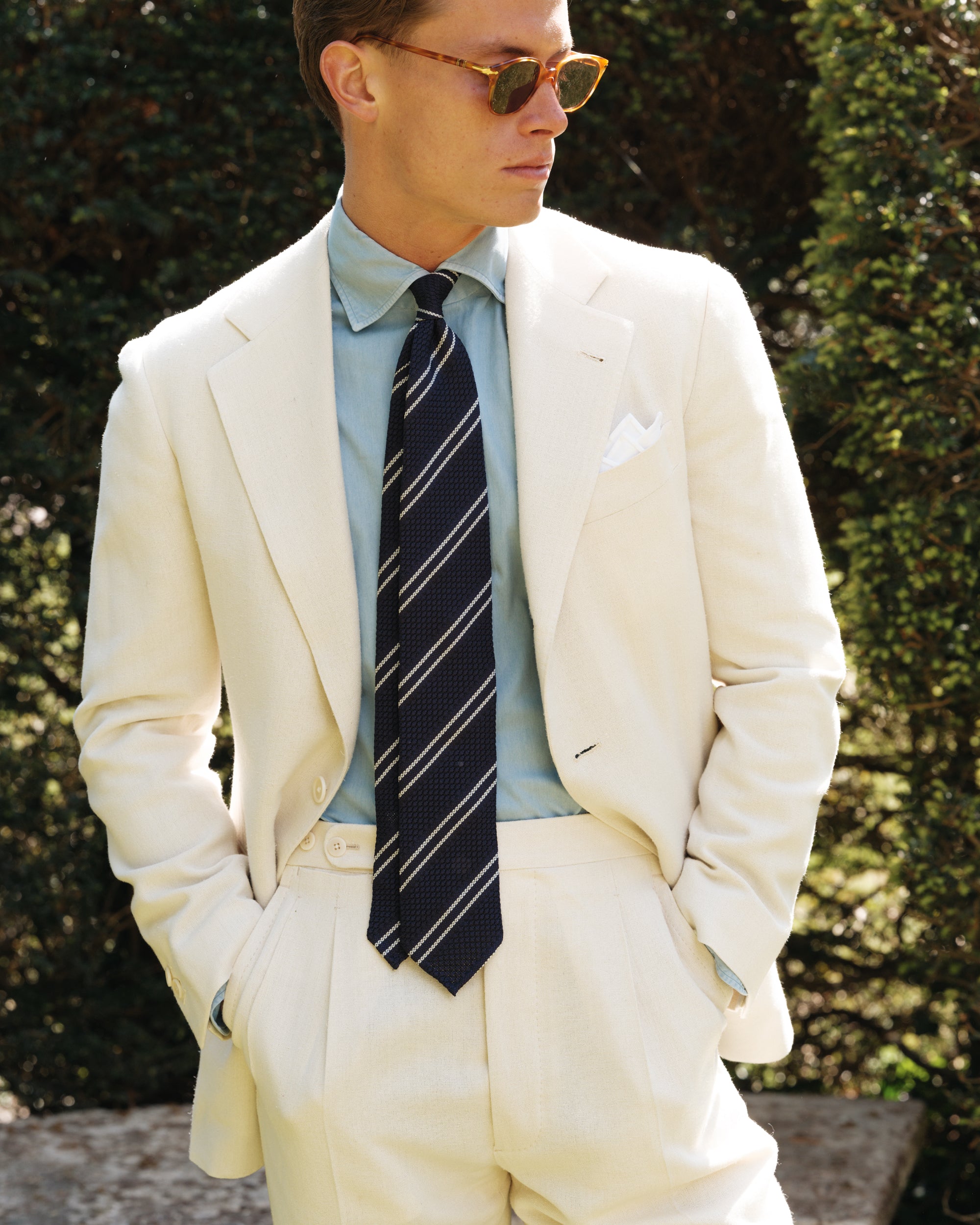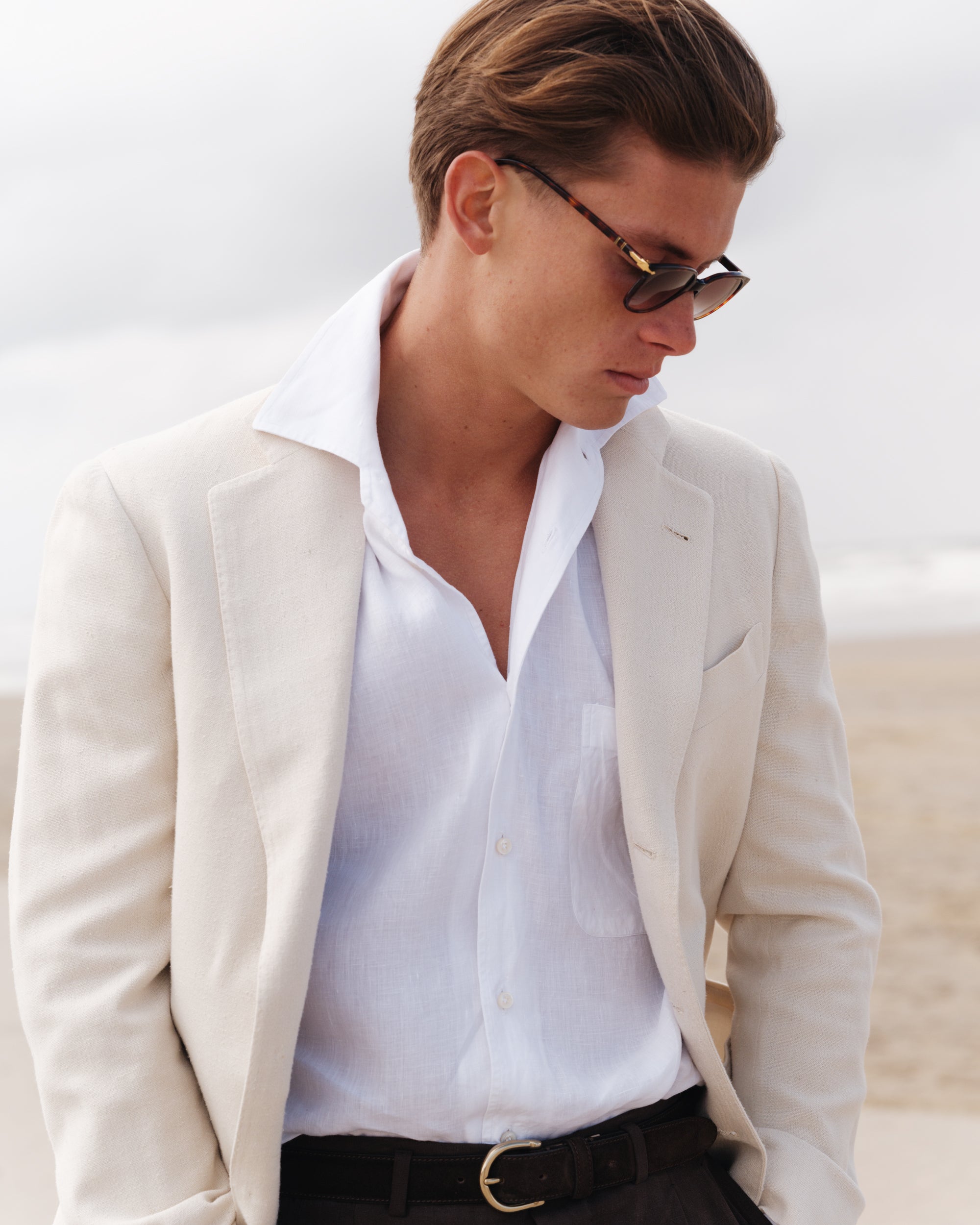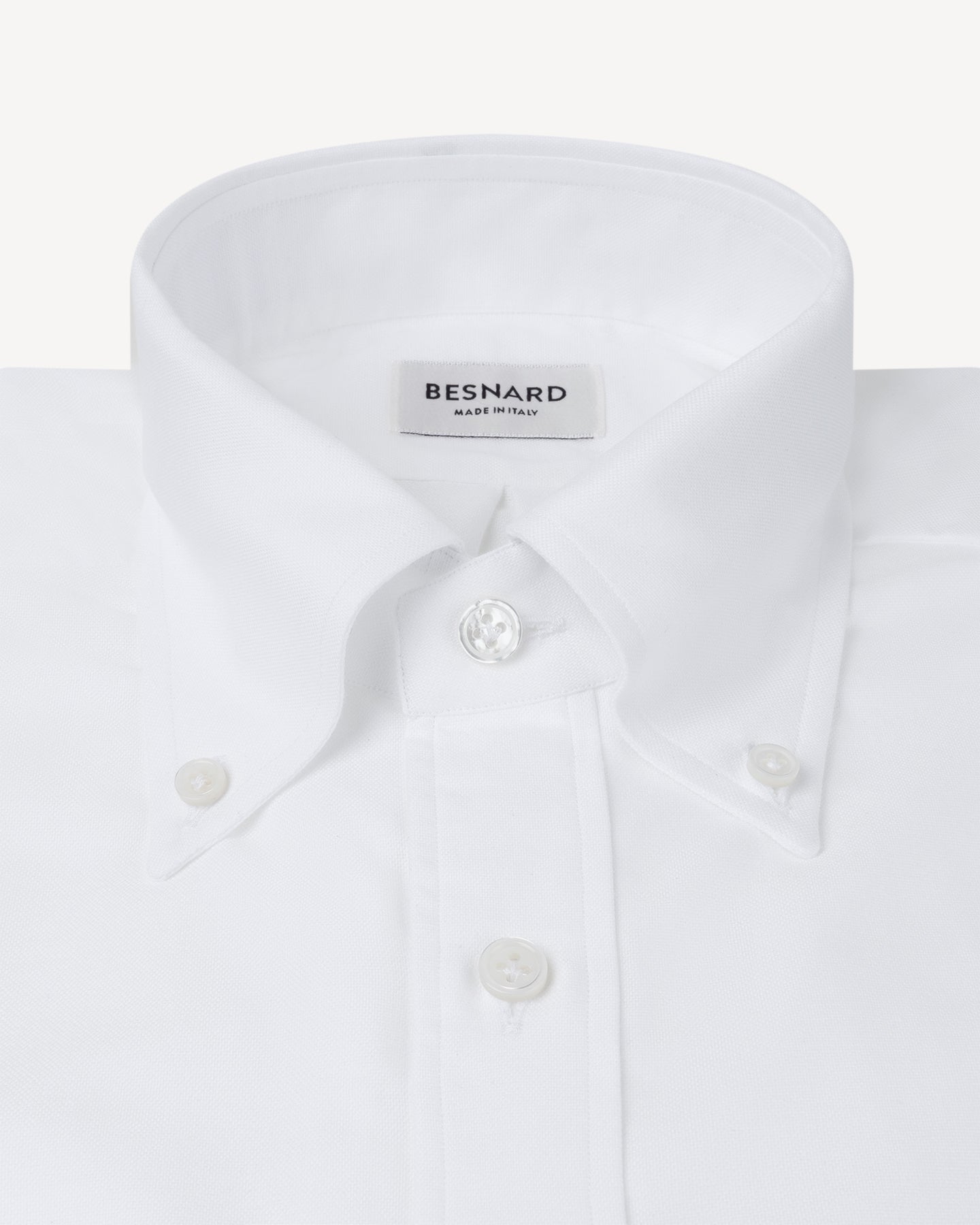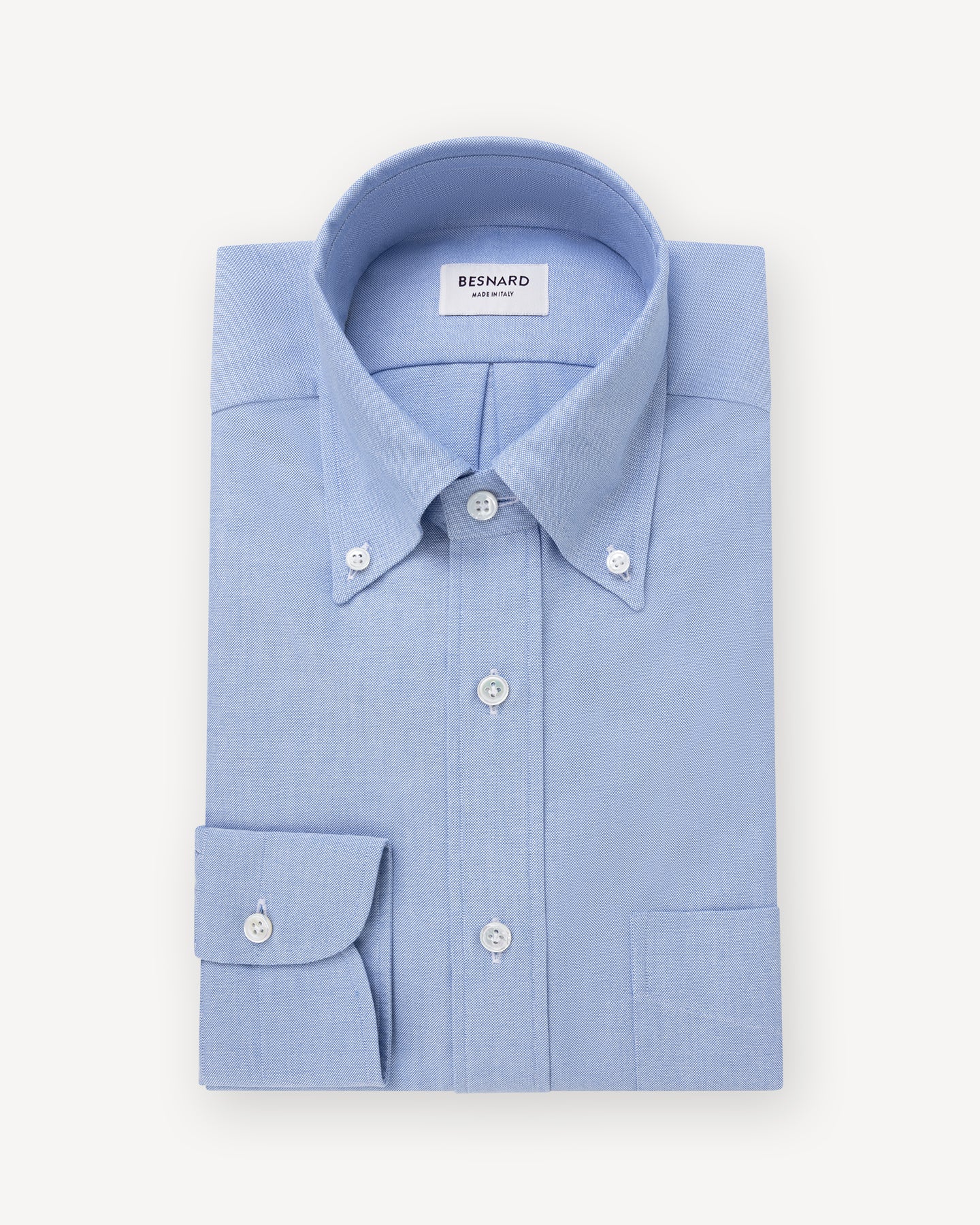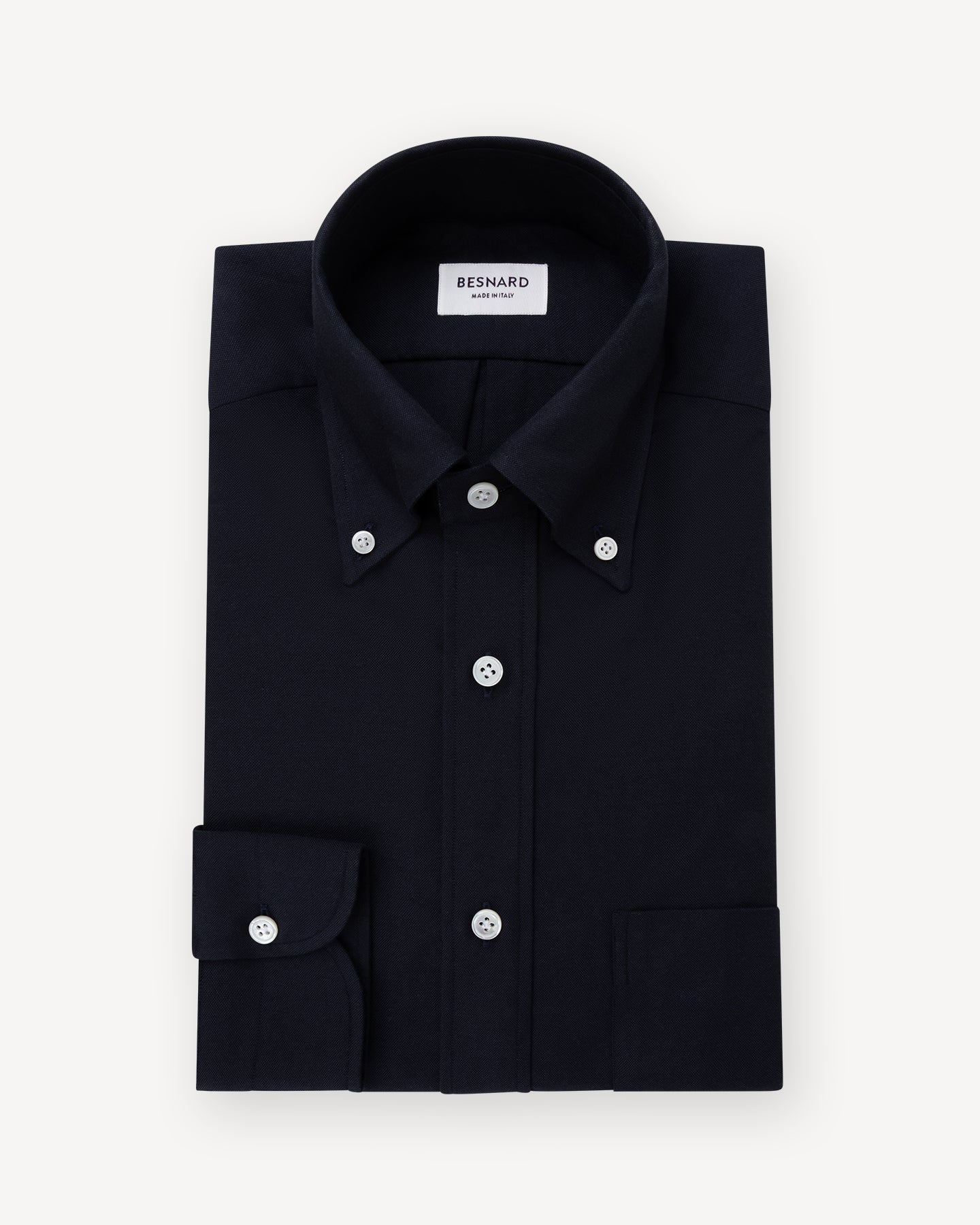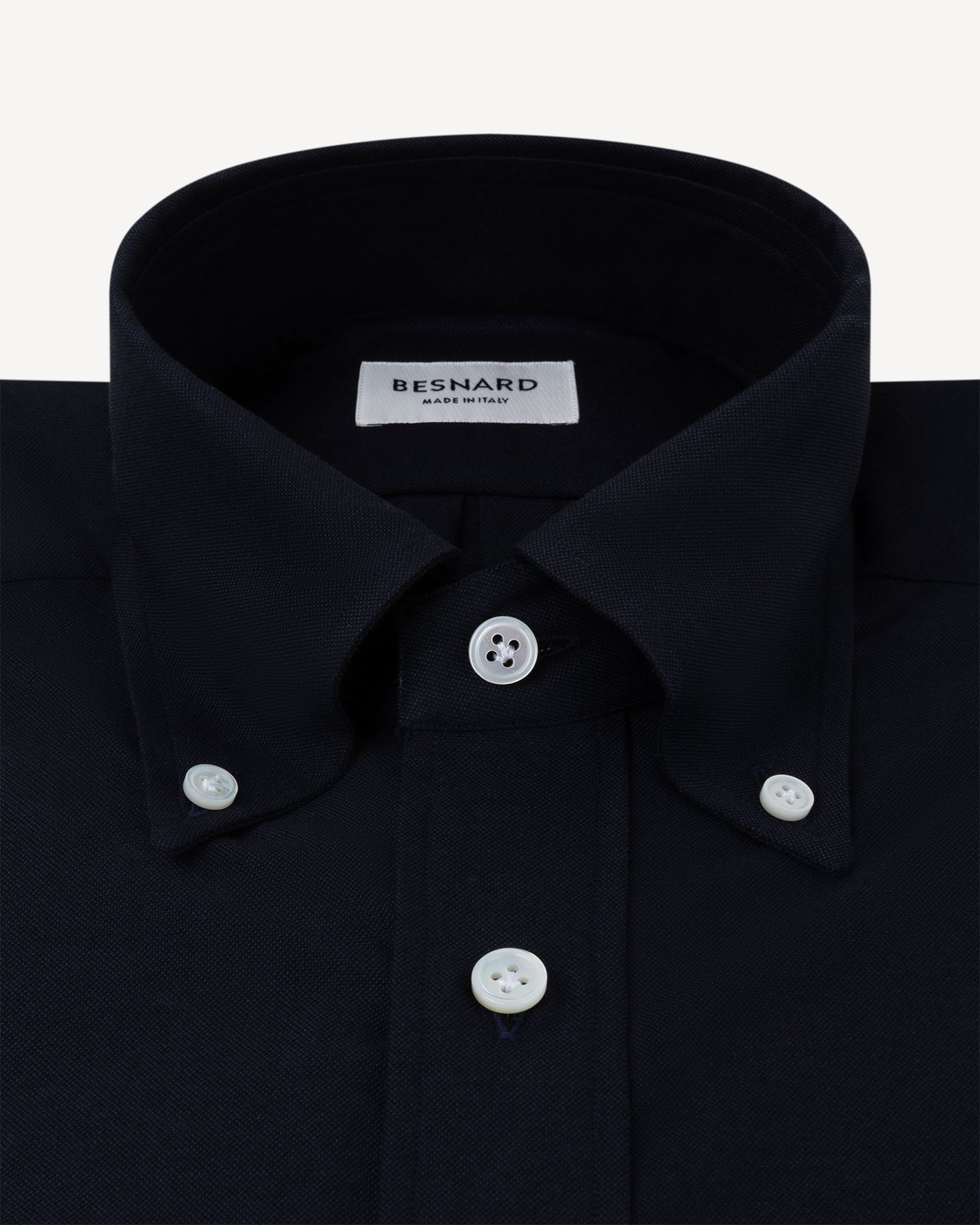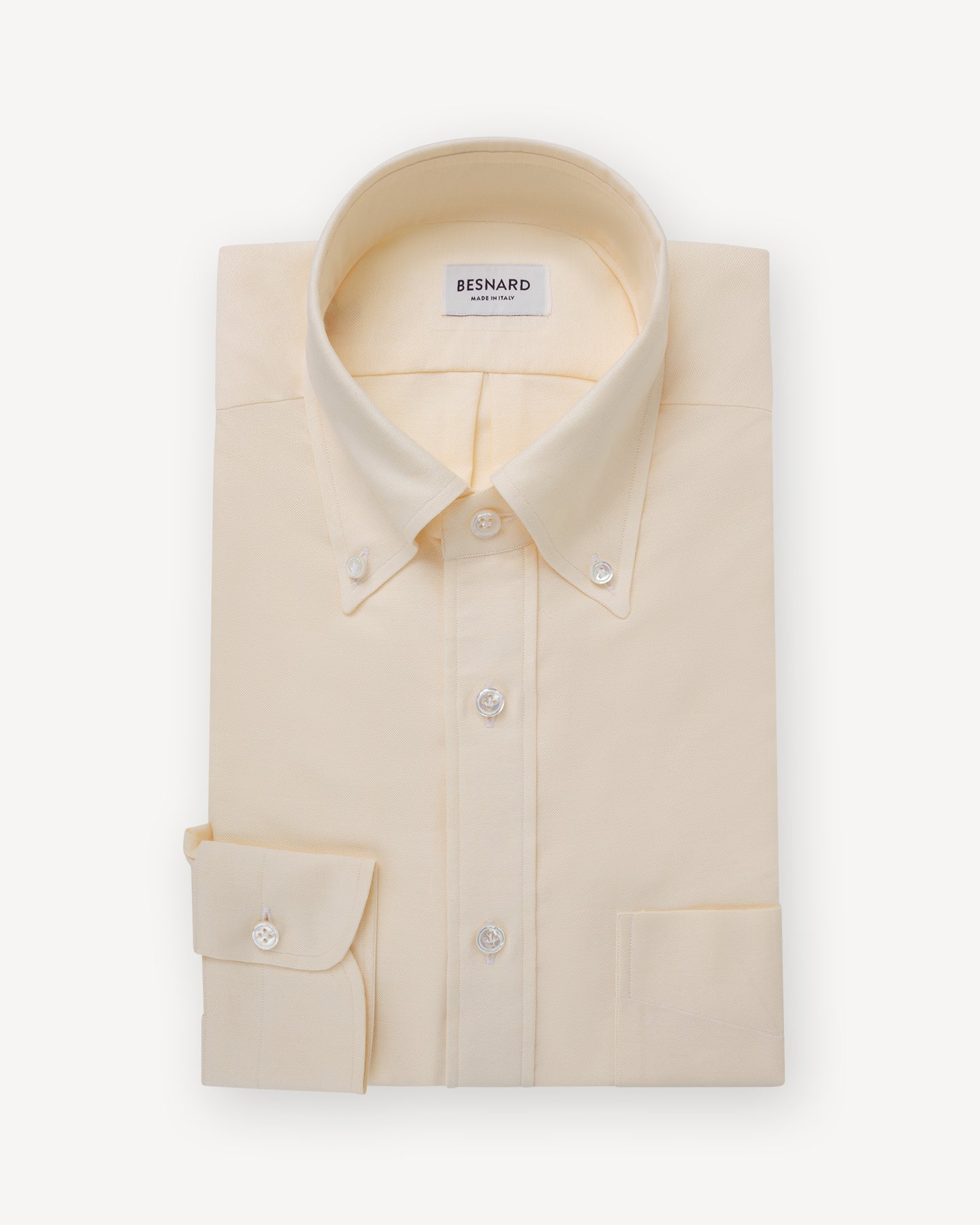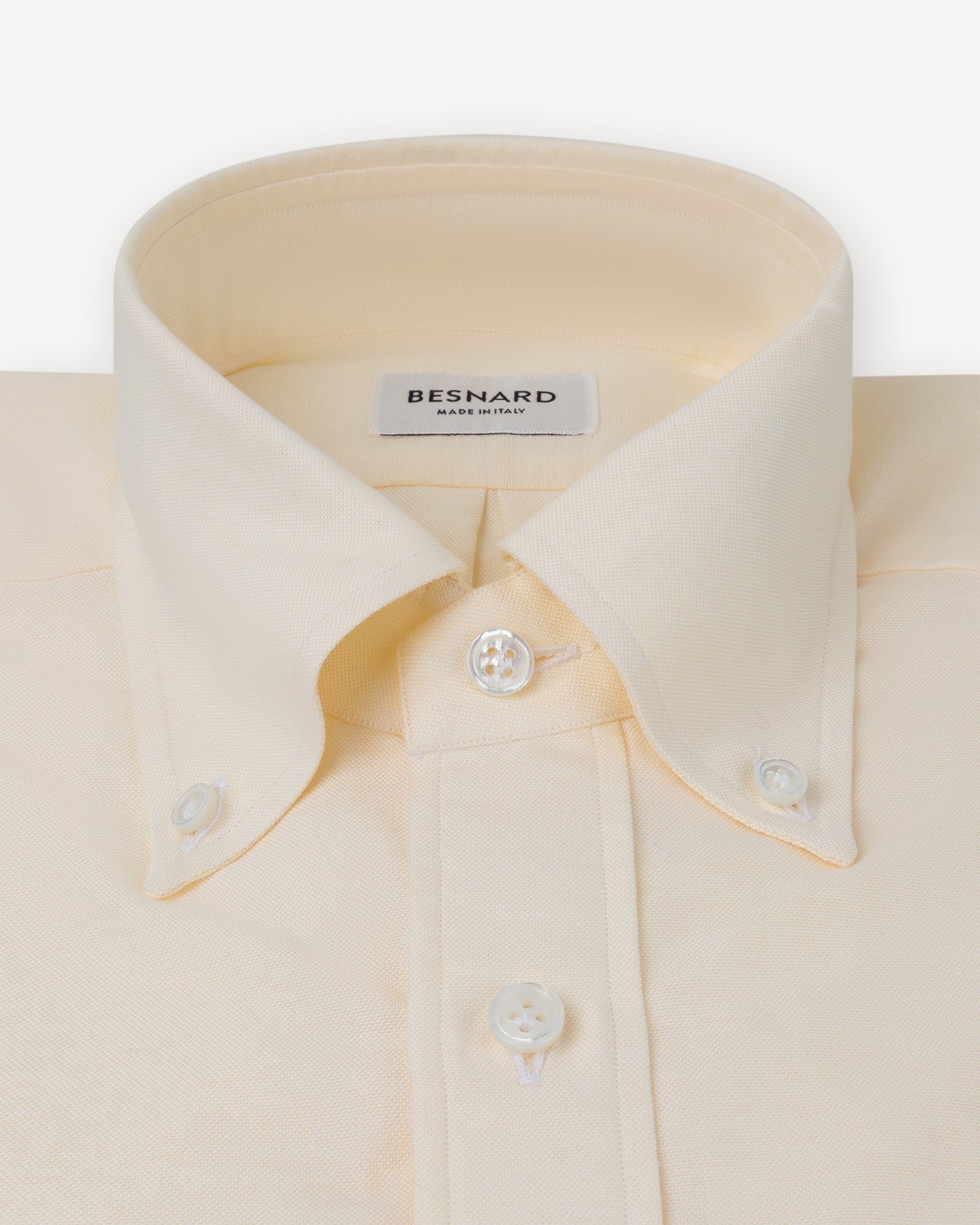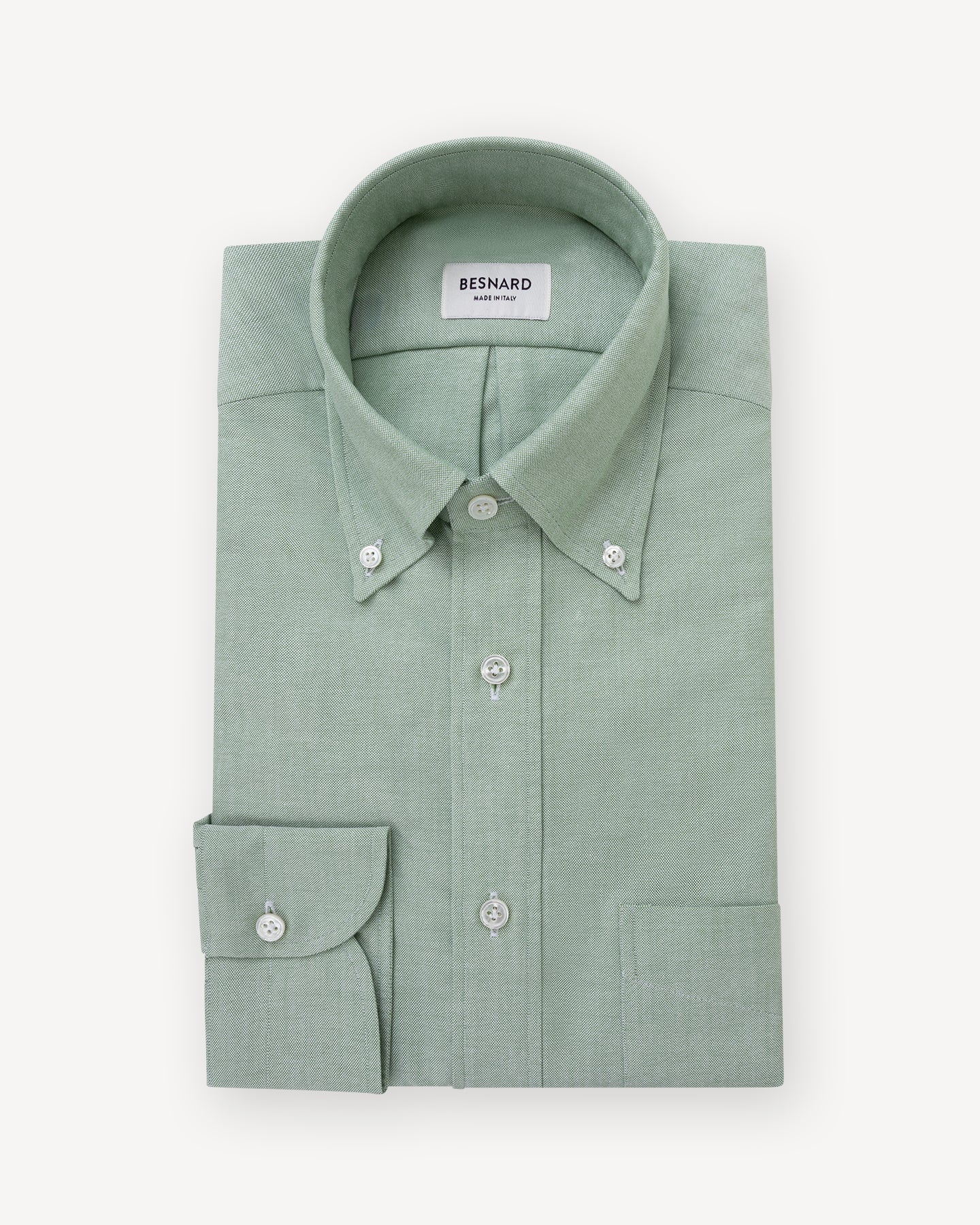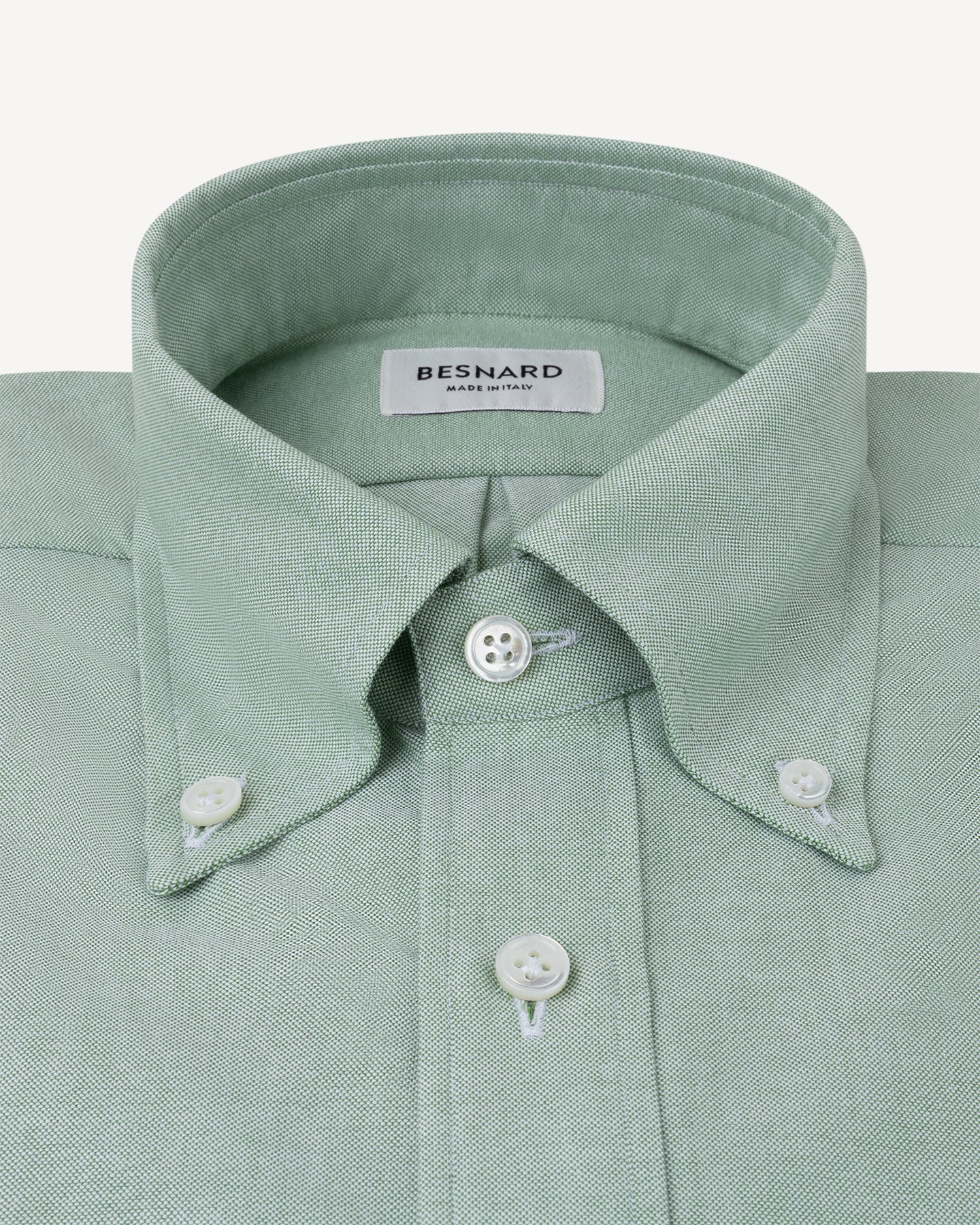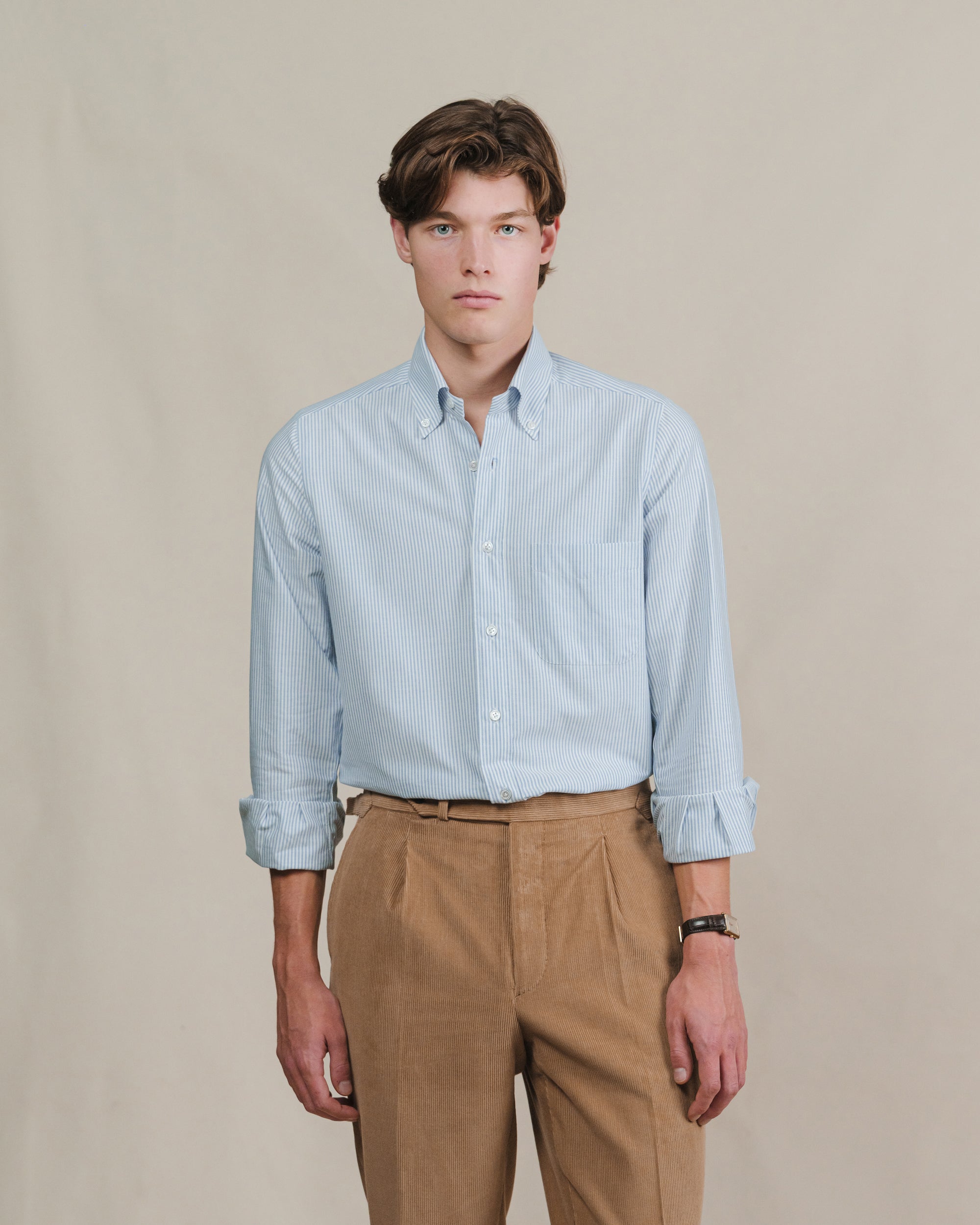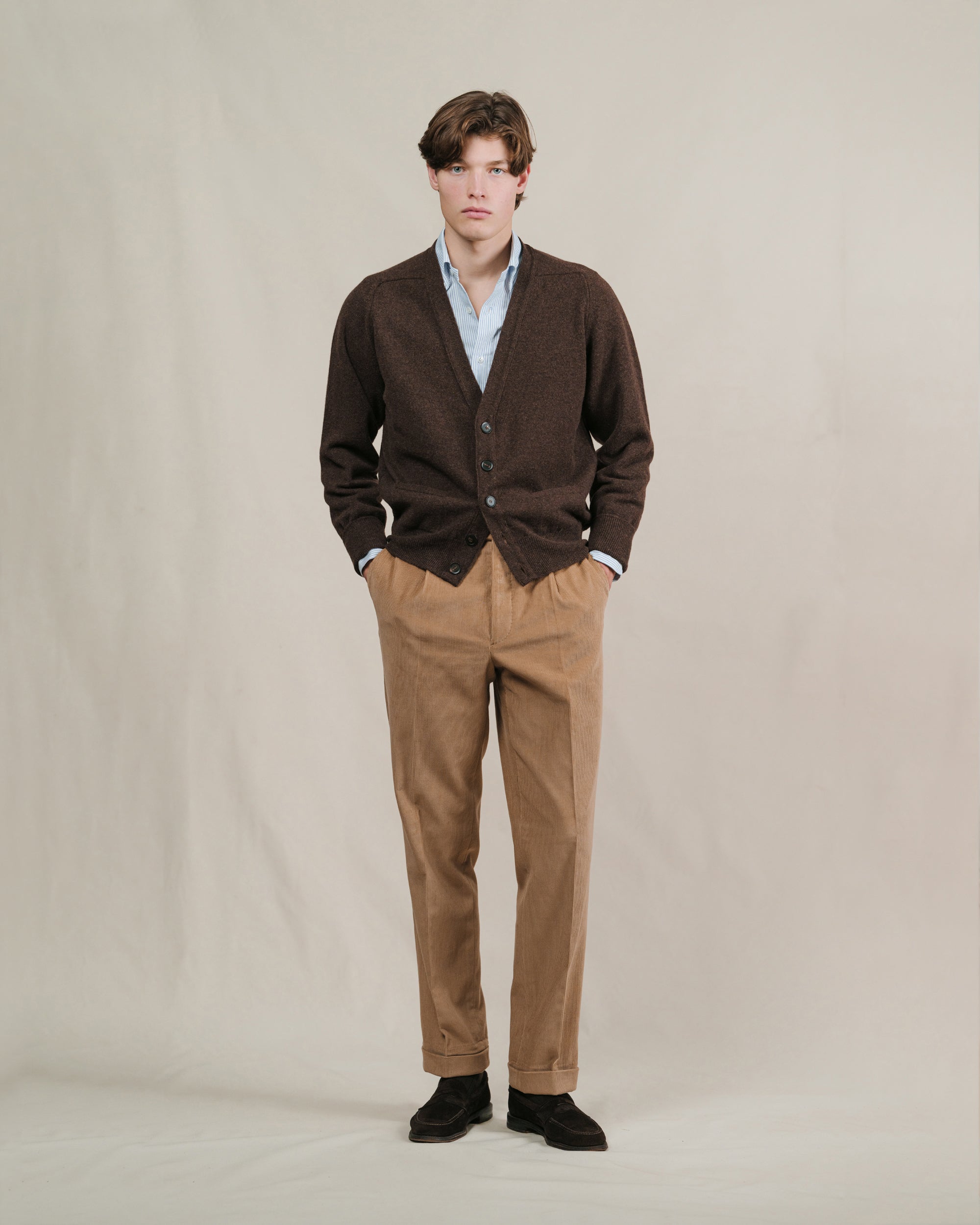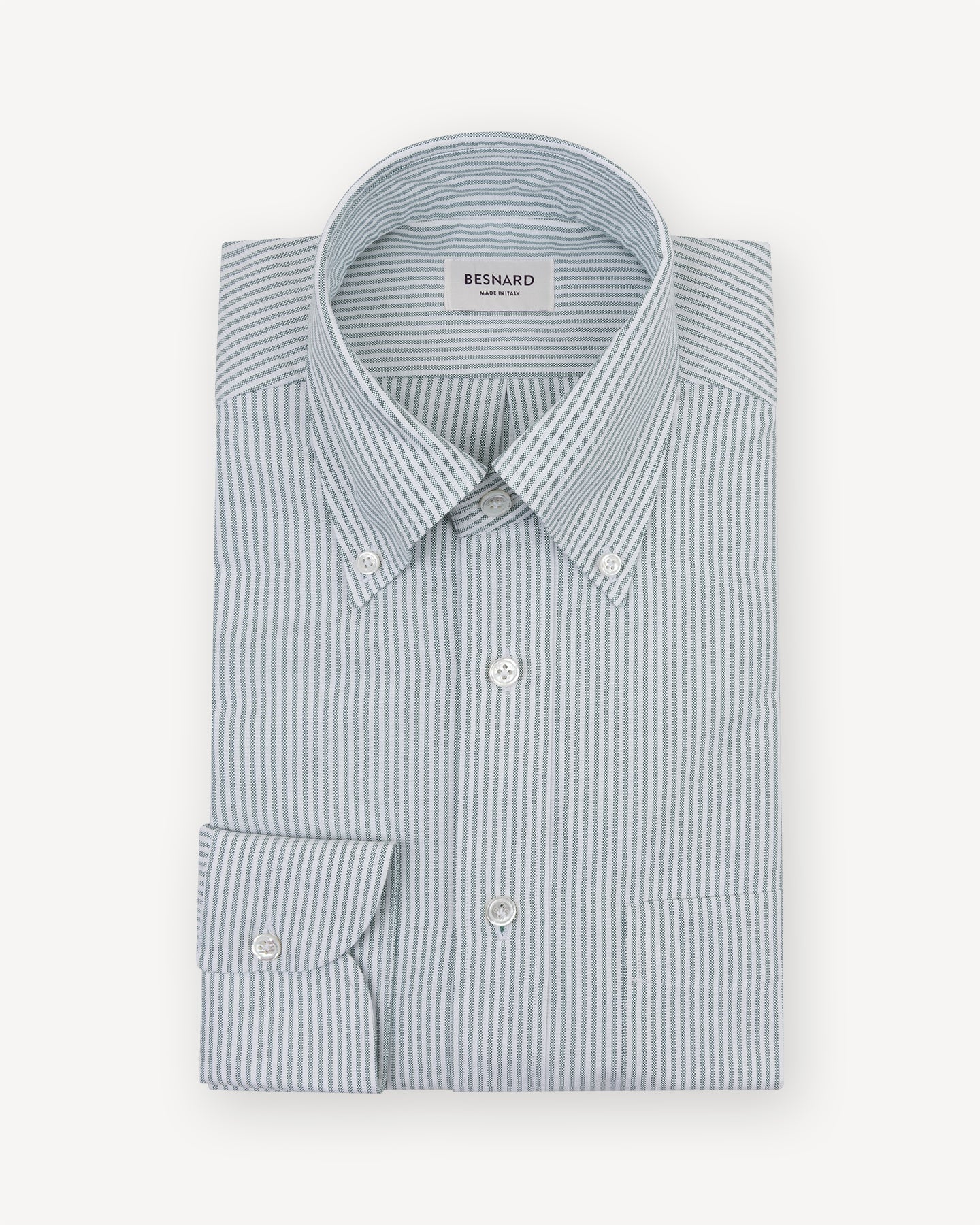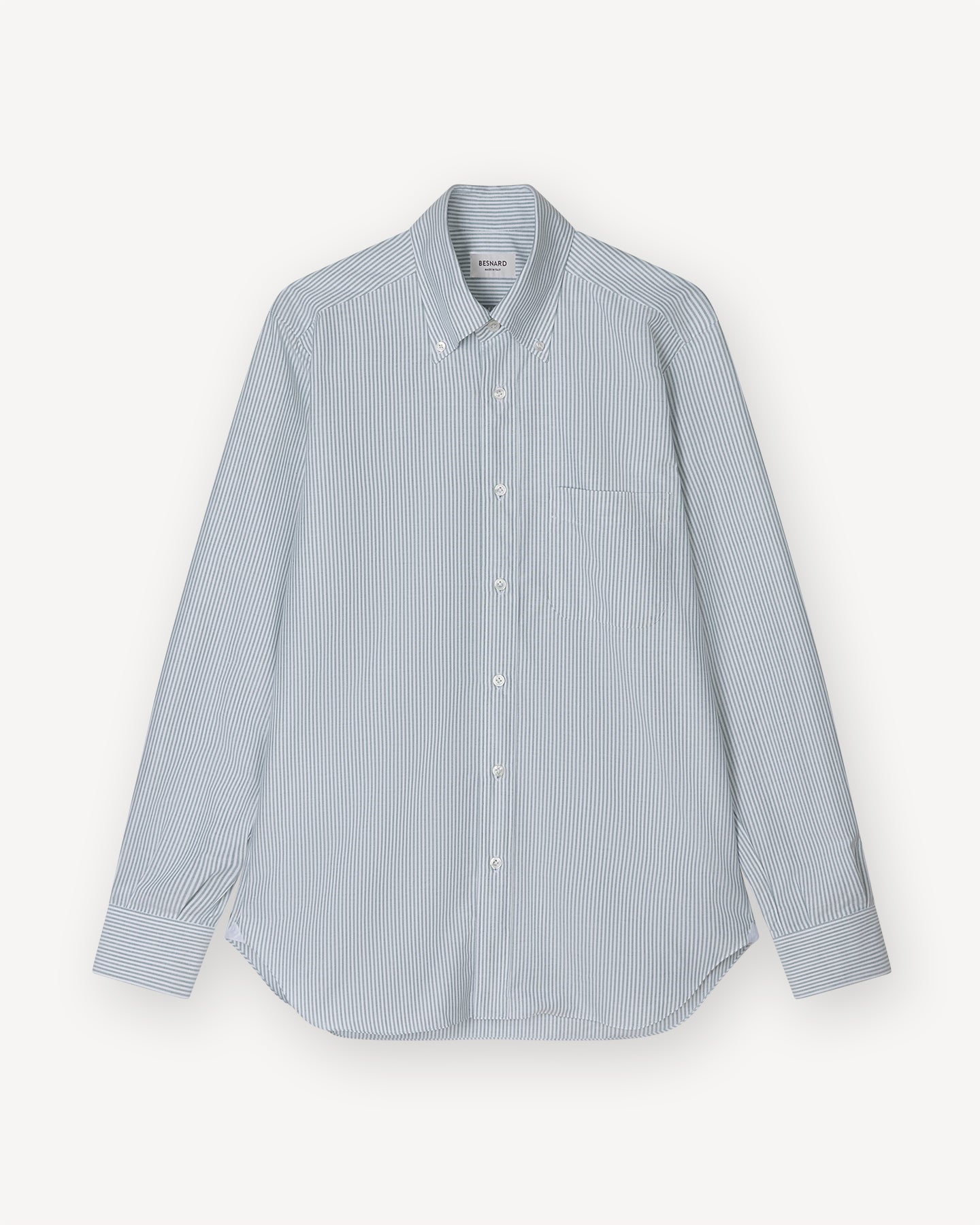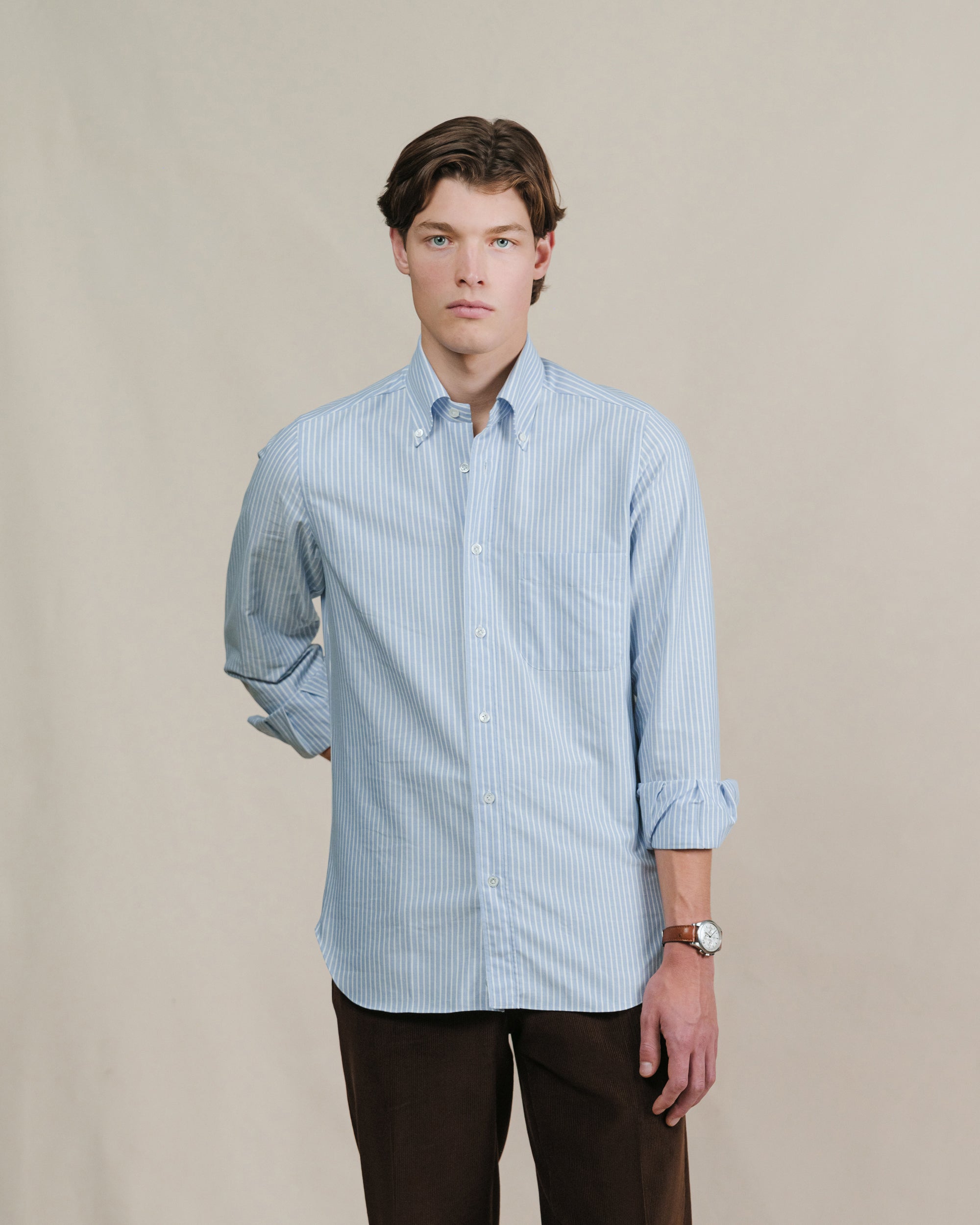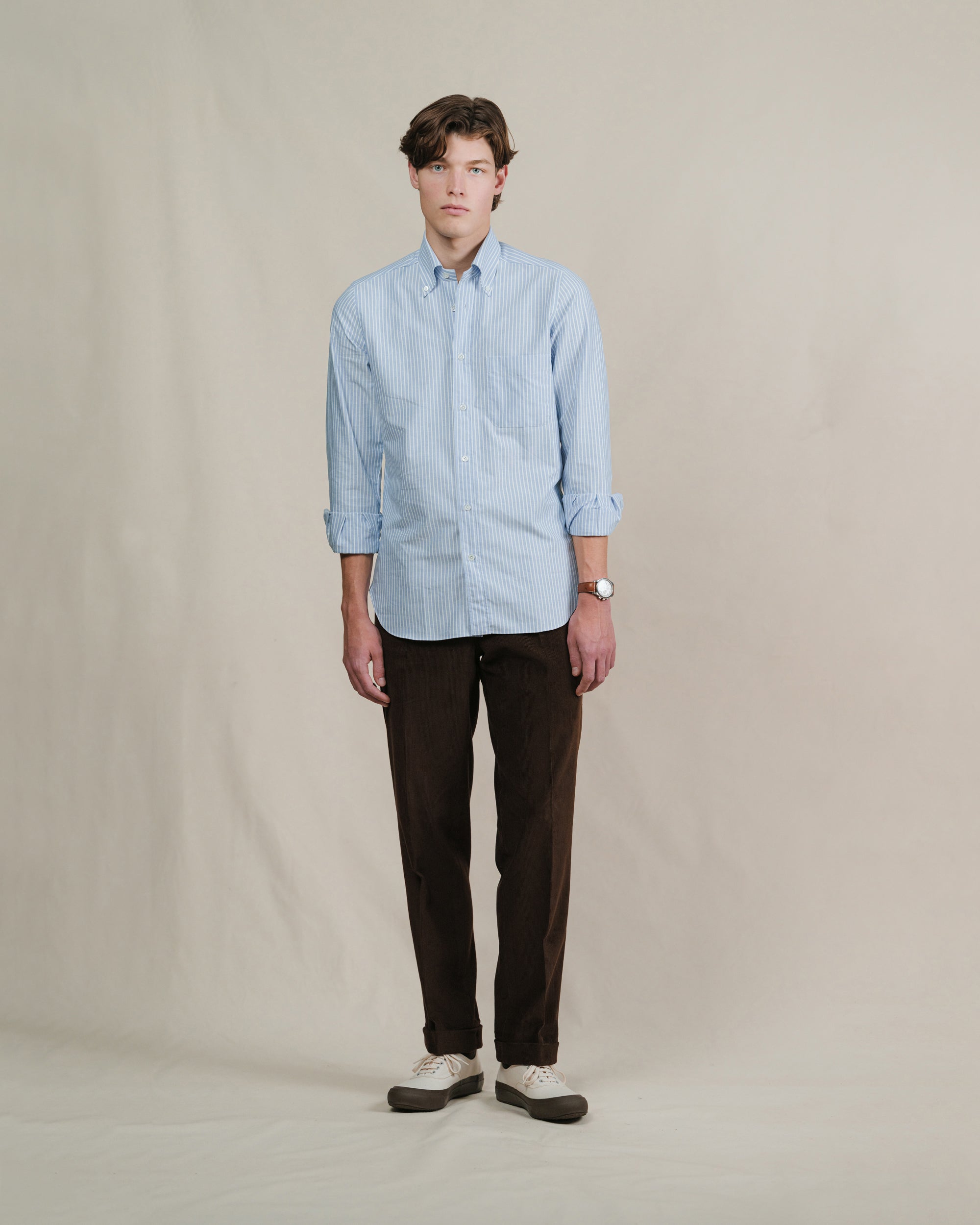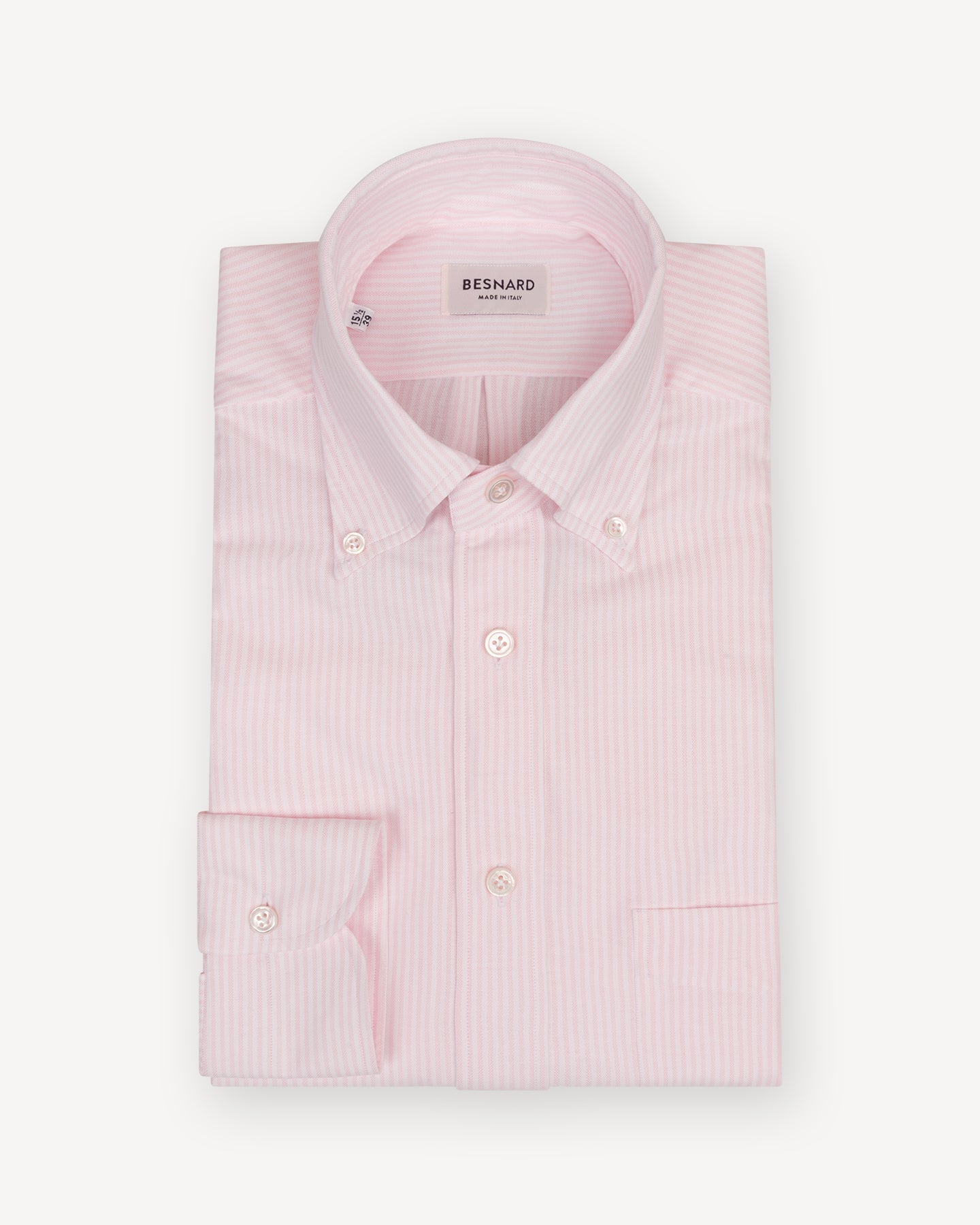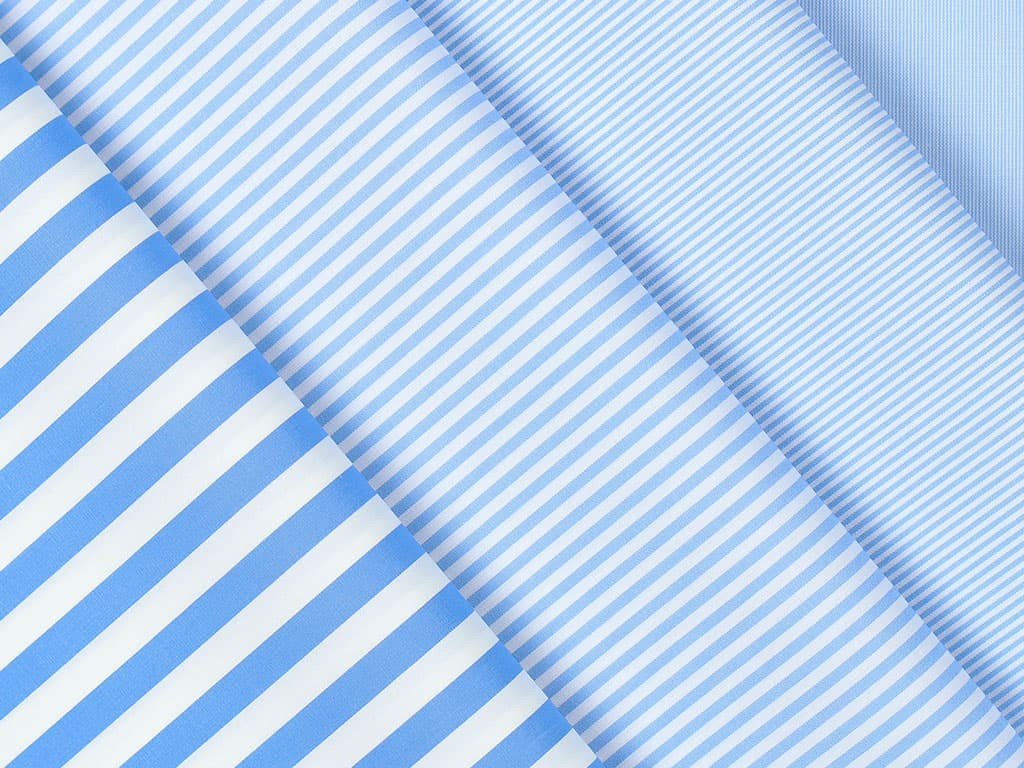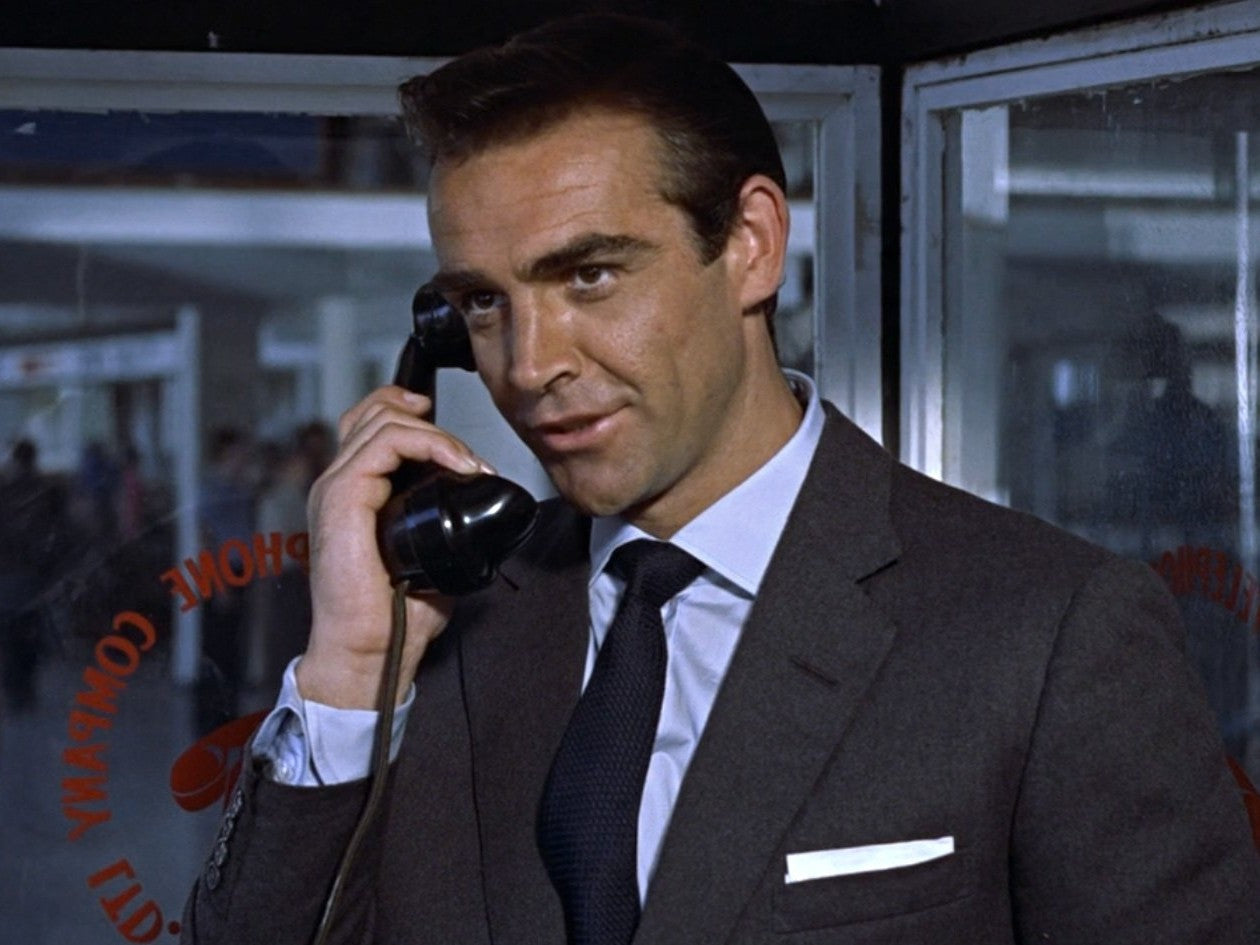
A Brief History of the Oxford Cloth Button Down
Words by Victor Besnard
The oxford cloth button-down shirt, known to enthusiasts as the OCBD, is often considered a cornerstone of a man’s wardrobe. For over a century, its understated elegance has influenced the way men dress. Embraced by Ivy League students in the 1950s and worn by style icons such as Steve McQueen, Paul Newman, and Gianni Agnelli, the button-down shirt is an undisputed menswear icon.
The history of the OCBD
Legend has it that John E. Brooks of Brooks Brothers attended a polo match in England and noticed something unusual about the players’ shirts. Their collars were fastened with buttons, preventing the collar points from flapping during the match.

Intrigued with his discovery, Brooks brought one of the shirts back to America to have it replicated. In 1896, the first “polo collar” shirt was introduced to the American market.
From Ivy League to Hollywood
By the 1950s, Ivy League students had adopted the OCBD as part of their uniform. College campuses were full of tweed jackets, oxford cloth button-down shirts, regimental ties, flannel trousers, and penny loafers.
This casual yet polished style worn by the East Coast elite soon reached the West Coast. Famous actors such as Steve McQueen, Paul Newman, and Robert Redford embraced this new way of dressing on and off screen, elevating it to the height of cool. It became the style of a new American generation, and the button-down shirt’s popularity surged.
 |
 |
 |
| Robert Redford | Steve McQueen | Gianni Agnelli |
John F. Kennedy wore the shirt during his Harvard years and early political rise, though he later adopted point collars as President. Miles Davis sported a green OCBD on the cover of Milestones. Overseas, Alain Delon wore a light blue OCBD shirt in 1960 as Tom Ripley in Purple Noon, and Matt Damon did the same in The Talented Mr Ripley. Gianni Agnelli, head of Fiat and one of the best-dressed men of the twentieth century, considered it a favourite.
The collar roll
There is something distinctive about the roll of a well-made button-down collar. This elegant arch is one of the most sought-after details among menswear enthusiasts. Over the years, trends and shirtmaking techniques changed, and this crucial detail became harder to find.
 |
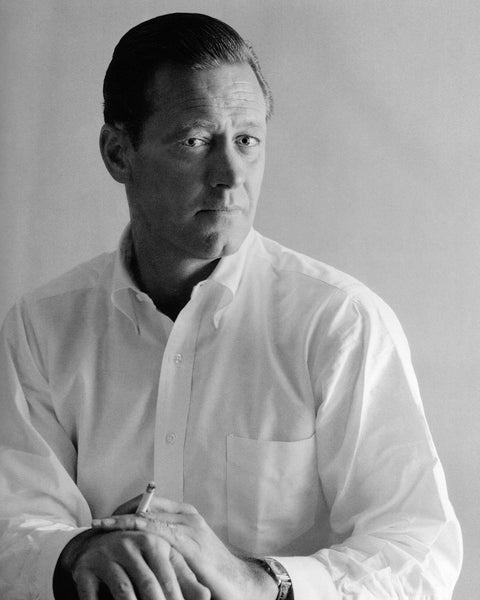 |
| Alain Delon | William Holden |
So what creates the collar roll? It is a combination of several elements. The length of the collar points is key—around 3½ inches (or 9 cm) is usually enough to form a natural curve. The collar buttons should sit slightly higher than usual, forcing the longer points to form an arch. Finally, the collar should not be too stiff; early OCBDs used no interlining at all, allowing the collar to roll softly.
The oxford cloth
The history of Oxford cloth can be traced back to early nineteenth-century Scotland, then a major centre for textile innovation. One mill introduced four new fabrics named after prestigious universities: Yale, Harvard, Cambridge, and Oxford. The latter soon became one of the most popular fabrics for casual shirts.
What set Oxford cloth apart was its distinctive basket weave. You may have read about weaves in our guide to shirt fabrics, but it is essentially the way in which the threads of cotton — the warp and the weft — are interlaced to create a fabric. Oxford cloth uses multiple weft threads crossing over an equal number of warp threads, typically with a coloured weft and white warp to create its characteristic checkerboard appearance.
The details
A shirt’s style is shaped by more than its collar and cloth.
As a casual shirt, the OCBD typically features single cuffs — often a one-button barrel or a mitered cuff. The traditional version has a placket front and a box pleat in the centre of the back for ease of movement. A chest pocket completes the OCBD’s casual character and proves especially useful in summer for carrying sunglasses — a detail famously captured in photos of Paul Newman.
 |
 |
| Paul Newman | Miles Davis |
Oxford cloth comes in many colours, but if you’re building a shirt wardrobe, start with white, light blue and a university stripe. These options work with denim yet pair equally well with tailoring.


